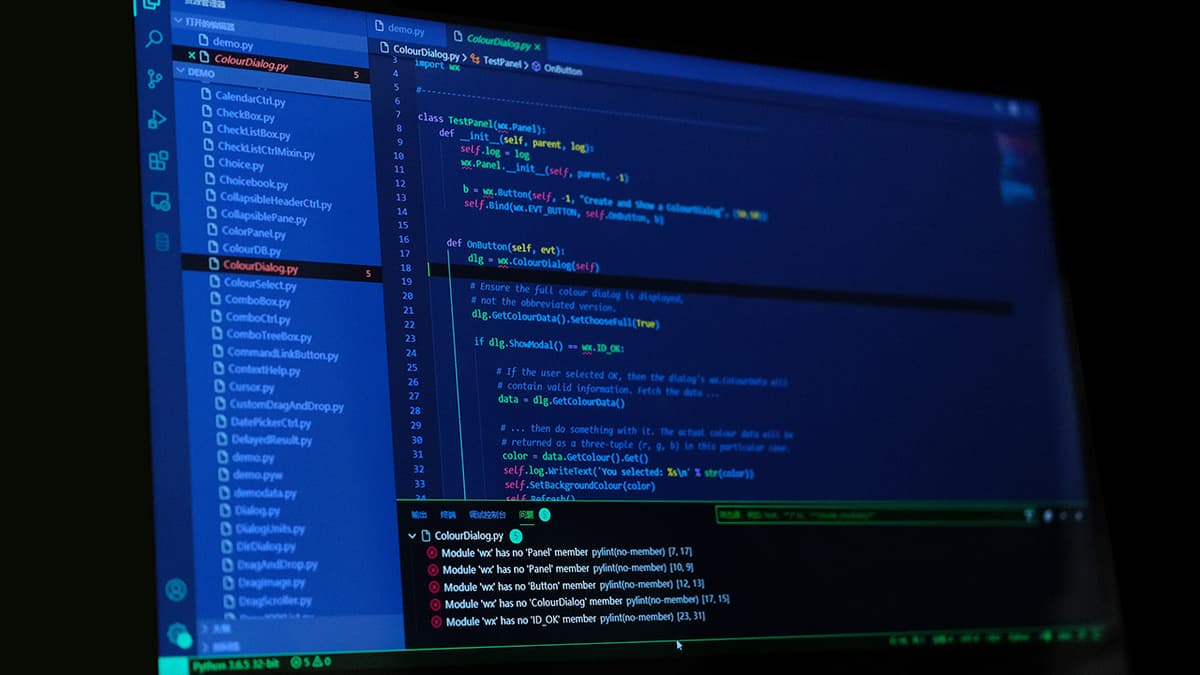Comparing UTF-8 and UTF-16 Encodings
UTF-8 and UTF-16 are two popular character encoding standards that enable computers to represent and manage text. They are essential in the world of digital text, where all characters, regardless of language, fit into a unified system called Unicode. This article explores the unique traits and uses of UTF-8 and UTF-16.
UTF-8: The Agile and Versatile Encoder
UTF-8 stands for '8-bit Unicode Transformation Format'. It is a variable-width encoding system that can use one to four bytes to represent a single character. One notable feature of UTF-8 is its backward compatibility with ASCII (American Standard Code for Information Interchange). The first 128 characters of Unicode match ASCII and require only one byte in UTF-8.
- UTF-8 is efficient for texts primarily composed of Latin characters, as it uses minimal storage space.
- It expands to accommodate characters from other languages, such as Arabic and Hindi, by using additional bytes.
UTF-8's flexibility has made it a popular choice on the internet. Websites, including tech giants like Google and Microsoft, use UTF-8 to support a diverse range of languages.
UTF-16: The Consistent and Systematic Encoder
UTF-16, or '16-bit Unicode Transformation Format', uses either two or four bytes for each character. This consistent character size can be advantageous for languages that use a large number of unique characters, such as many Asian languages.
- UTF-16 can be more efficient for applications that primarily handle non-Latin text.
- It simplifies processing since each character occupies the same space, making indexing easier.
While UTF-16 is effective for complex scripts, it can be less efficient for languages that could be represented more compactly in UTF-8.
The Great Encoding Debate: Compatibility vs. Efficiency
In the encoding debate, UTF-8 and UTF-16 each have their strengths. UTF-8 is celebrated for its compatibility with older systems and space efficiency for Latin-based text, making it widely used on the web.
- UTF-8 is often favored for web development due to its lean storage and backward compatibility.
- Conversely, UTF-16 shines in applications like Microsoft's Word and Excel, where a wide array of characters is frequently needed.
A Tale of Two Encodings
UTF-8 can be likened to a nimble character, adept at navigating through digital landscapes filled with Latin-based texts. UTF-16, on the other hand, represents stability and strength, designed to handle diverse scripts without difficulty.
Choosing between UTF-8 and UTF-16 depends on the specific demands of the text you are working with. For situations involving primarily English or Latin-based languages, UTF-8 may be the better choice. If the data includes intricate scripts, UTF-16 might be more suitable.
A Harmonious Coexistence
UTF-8 and UTF-16 coexist in the digital ecosystem, each serving the common goal of enabling communication in a multilingual, multi-script world. Developers make choices based on technical needs, constraints, and the linguistic characteristics of the data they handle.
Both UTF-8 and UTF-16 contribute to a rich tapestry of digital narratives, ensuring effective representation of text across various languages and scripts.
(Edited on September 4, 2024)












